Learning in the Field: Death Valley
At the early hour of 3:30 a.m. on March 10, nineteen enthusiastic students and three geology department staff—Professor Steven Dunn, Associate Professor Michelle Markley, and Lab Director Penny Taylor—headed off to Bradley International Airport on their way to Death Valley National Park. During the previous eight weeks, the undergraduates—all students of geology—had prepared for the trip by researching geological features exclusive to the park, including Ubehebe Crater and the mysterious skating rocks in Racetrack Playa.
The group spent nine days in the field, studying features and samples, anxious to see the intricate and complex geology of the area. There were mini-lectures by professors and time spent taking field notes and recording observations in preparation for a final project. A highlight of the trip was the abundance of desert flowers—a once-per-decade “super bloom,” the result of El Niño. At every stop, students eagerly took photos of the rare flowers.
This year’s trip to Death Valley is the fourth time in the last decade the geology department has offered students the opportunity for learning outside of the classroom during spring break. Markley, who has accompanied the group on several occasions, says, “It is a genuine treat for our students to study geology in the desert of Death Valley. There we see all the rocks in the region where debris flows, where earthquakes and volcanoes are actively shaping the landscape. The Connecticut River Valley hasn’t had active geology like that for about 200 million years.”
—By Amy Yoelin ’18
—Photos courtesy of Michelle Markley and Amy Yoelin
This article appeared in the summer 2016 issue of the Alumnae Quarterly.
July 15, 2016


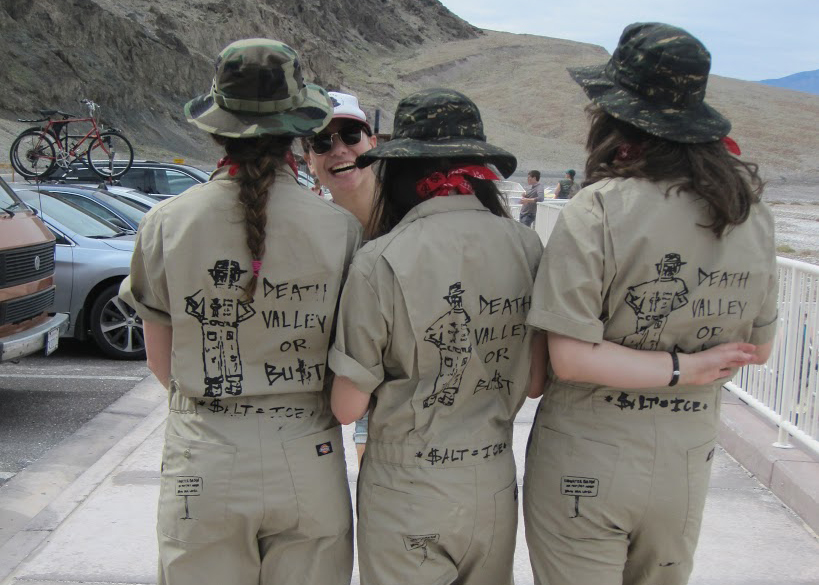
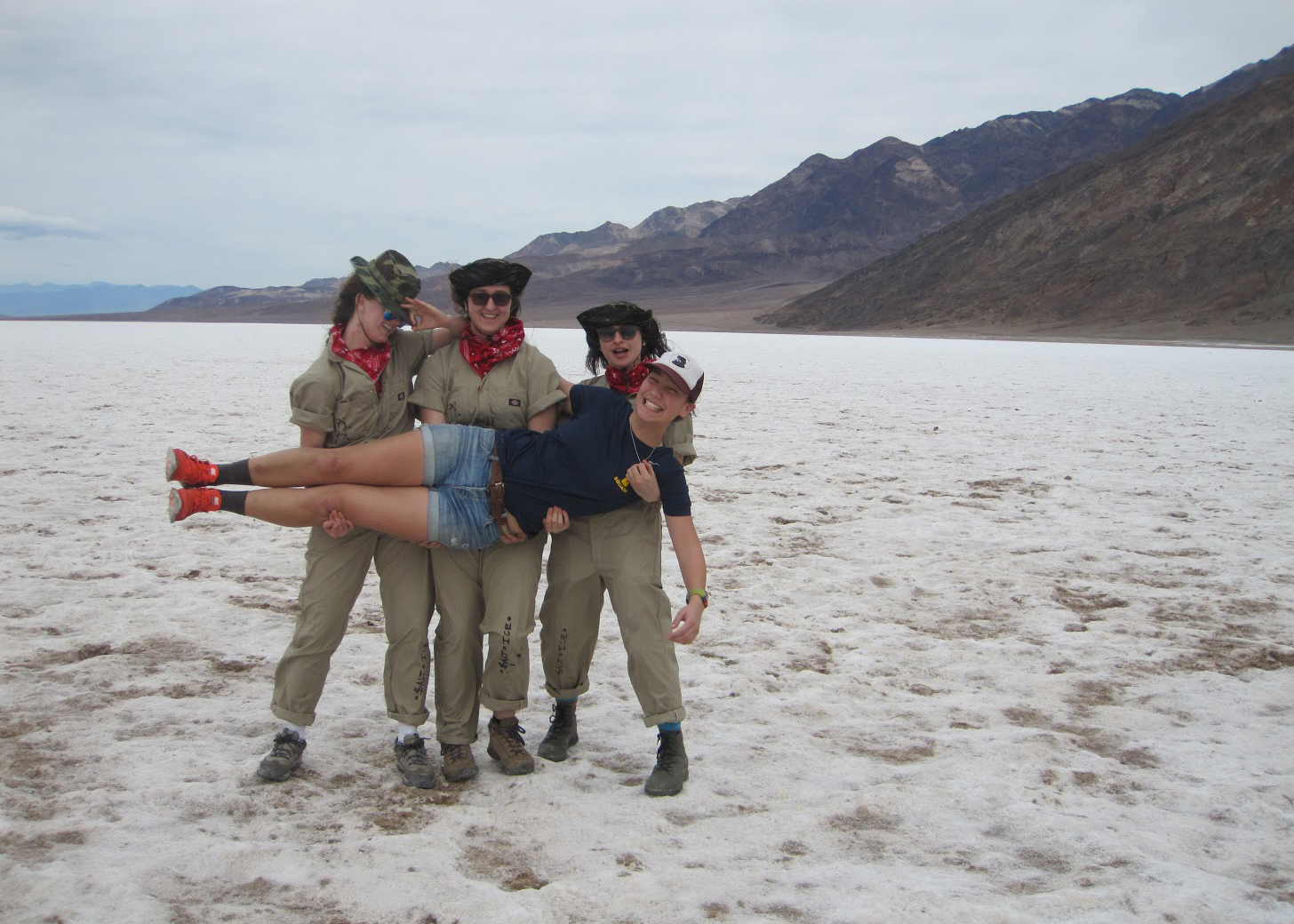



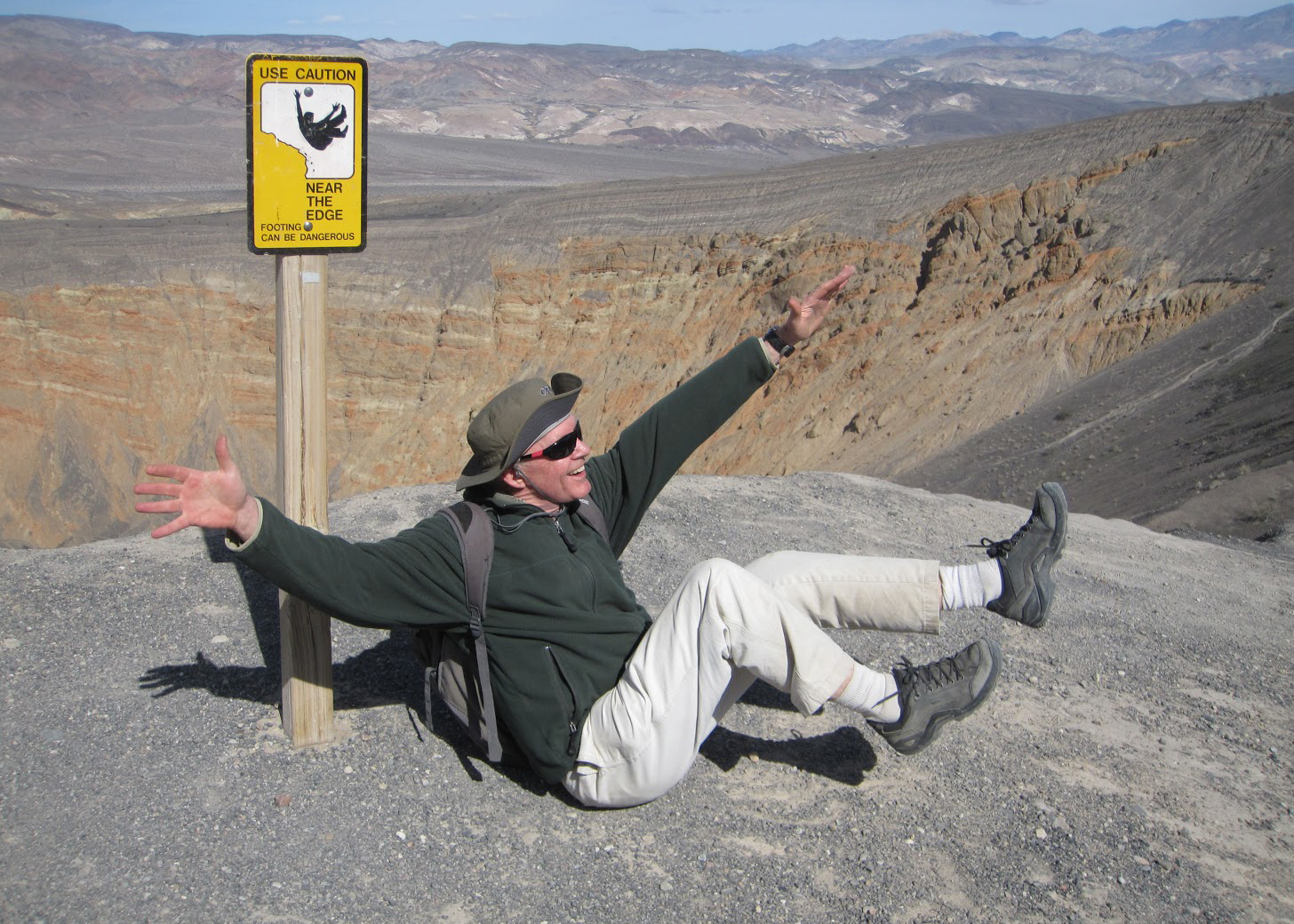

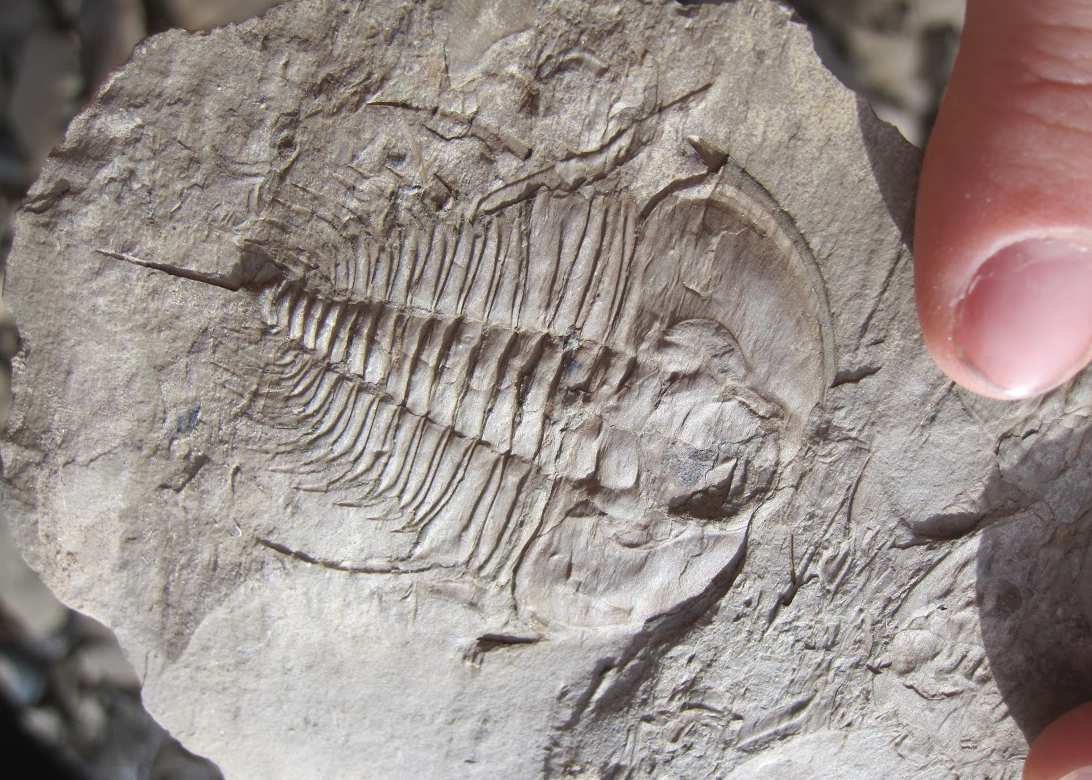

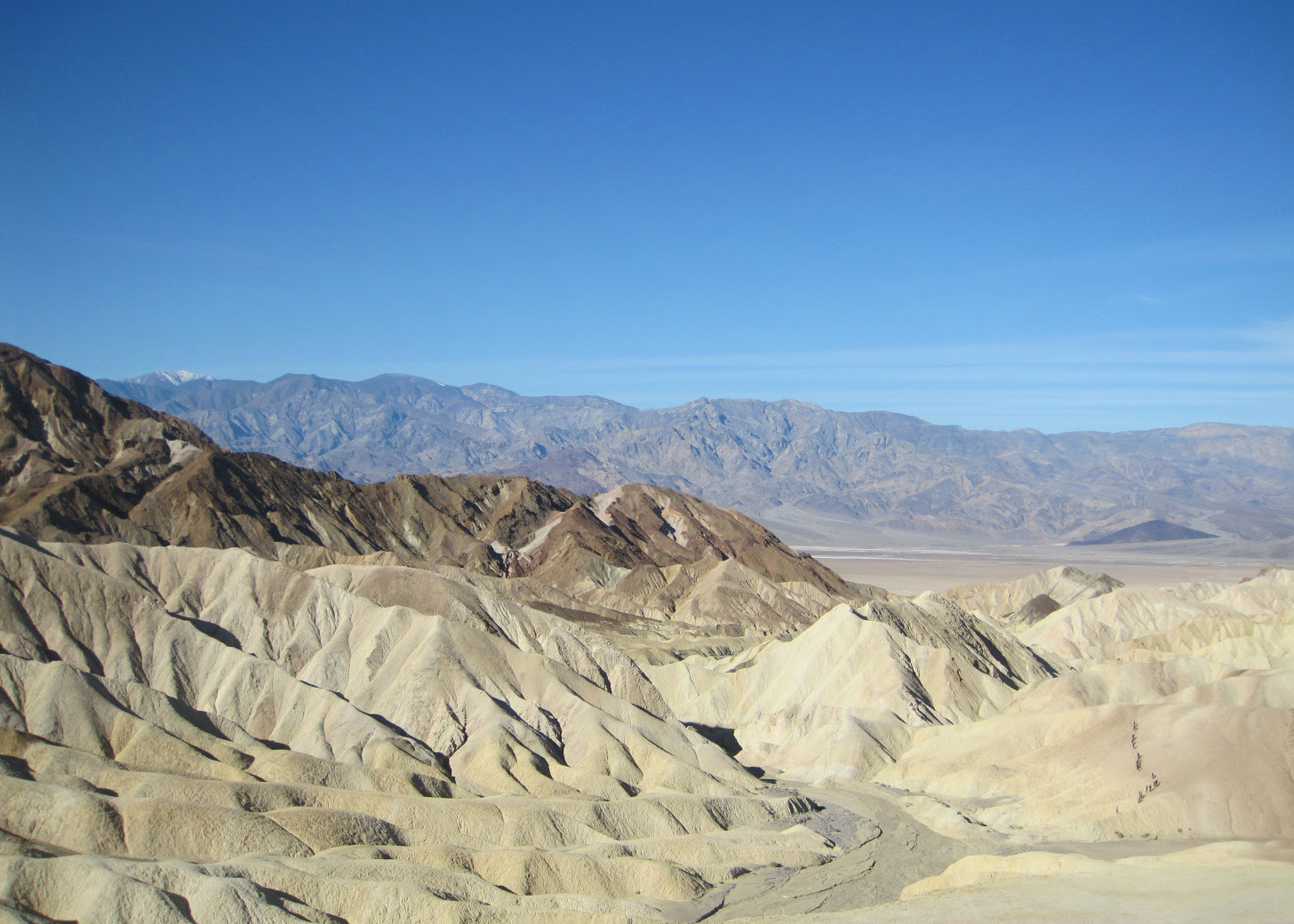
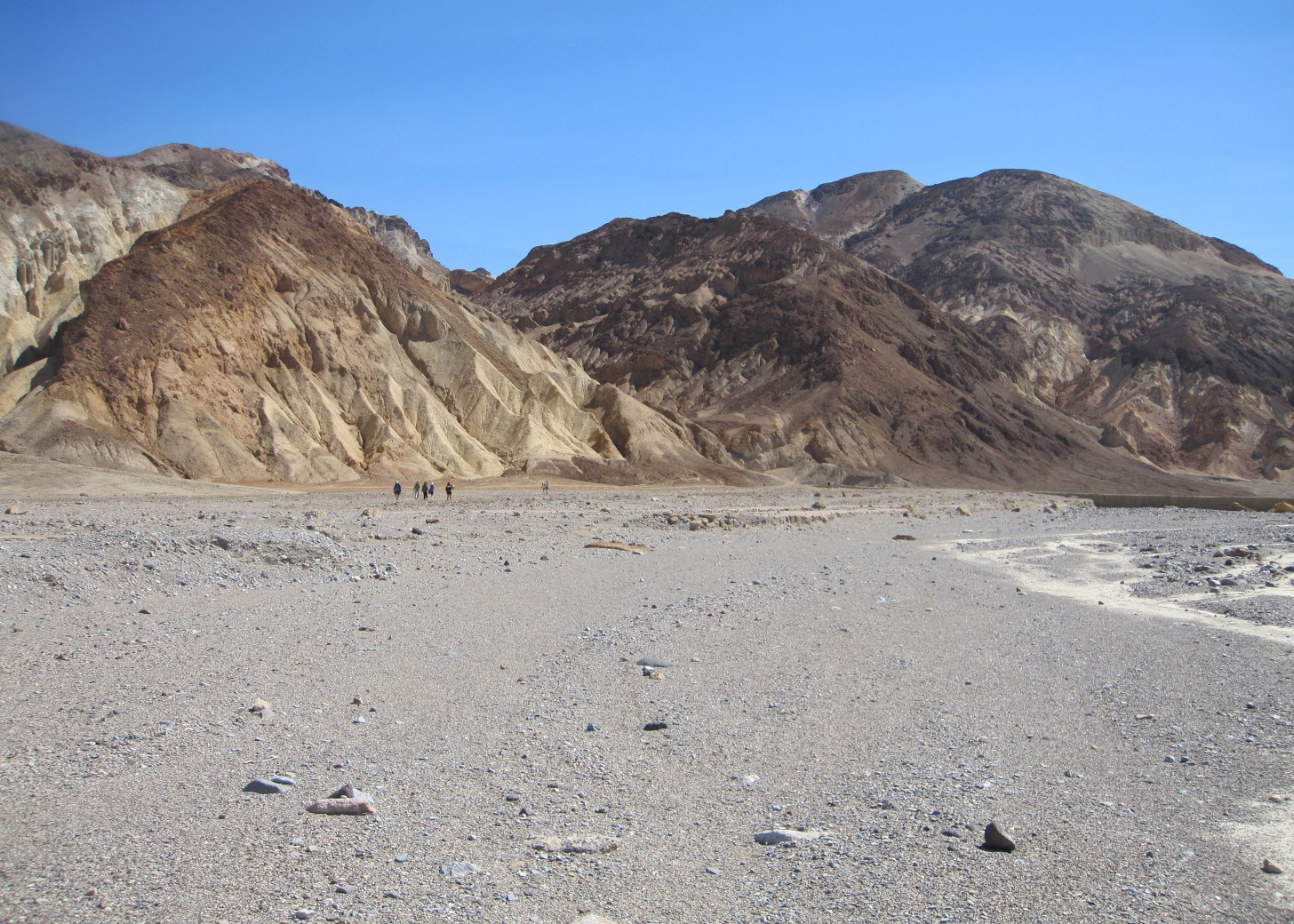
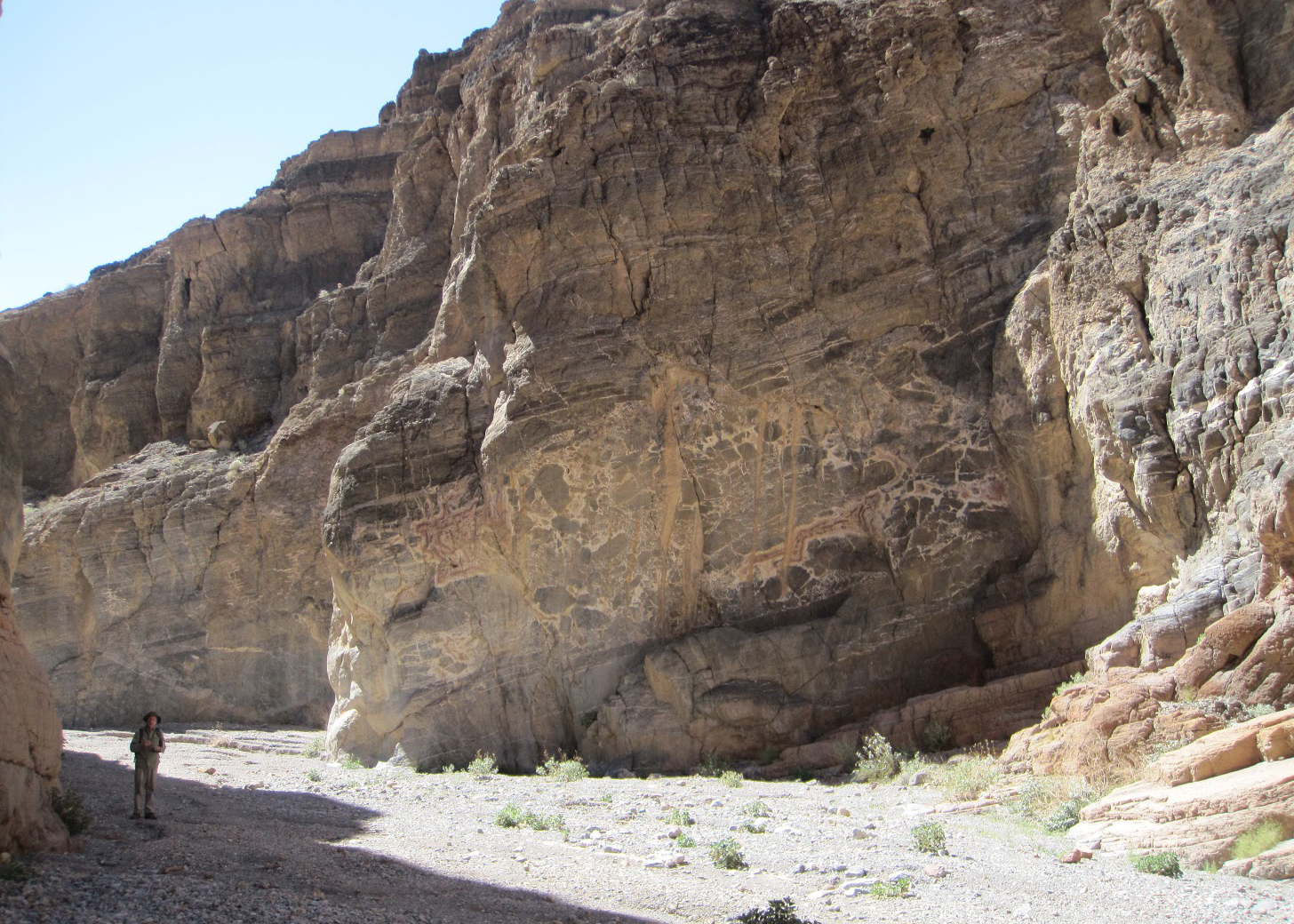
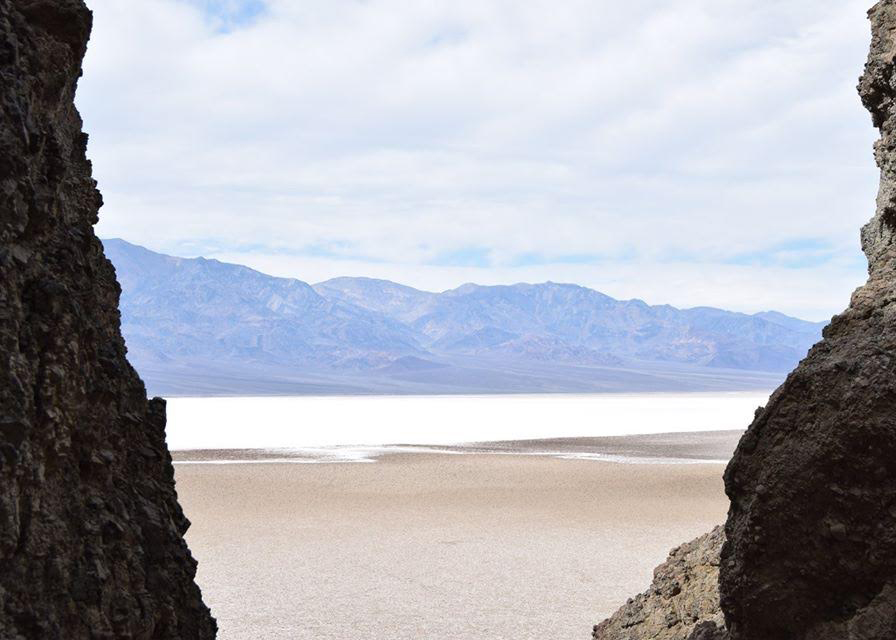
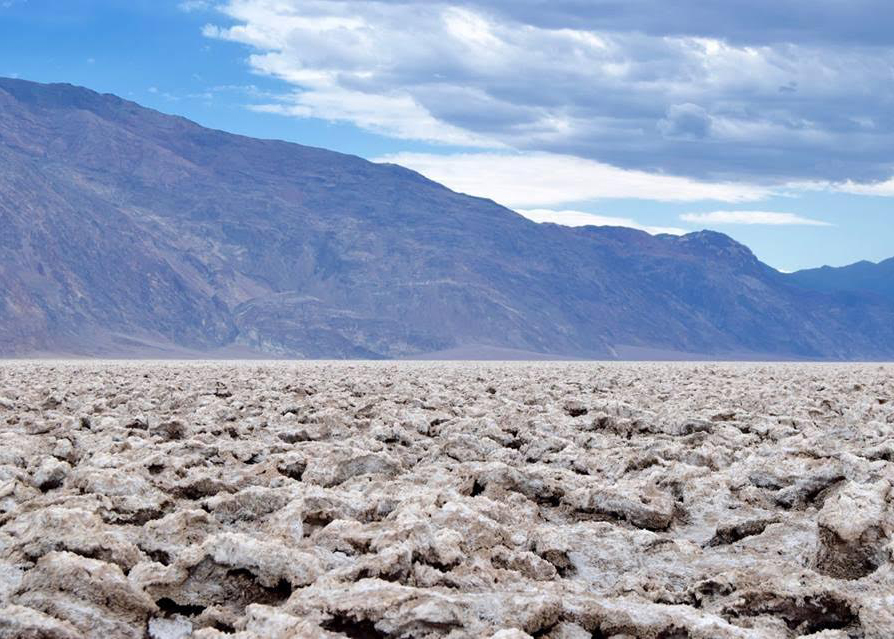






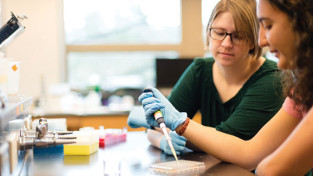

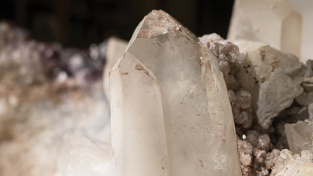
Great post…
nice!